Regulatory Support
Regulatory frameworks promoting the use of sustainable materials are emerging as a significant driver for the Plastic Lumber Market. Governments are increasingly implementing policies that encourage the adoption of eco-friendly building materials, including plastic lumber. These regulations often include incentives for using recycled materials in construction projects, which aligns with the objectives of reducing carbon footprints. In 2025, the market is expected to benefit from these supportive policies, as they create a favorable environment for manufacturers and consumers alike. The Plastic Lumber Market is likely to see increased investment and growth opportunities as stakeholders respond to regulatory incentives aimed at fostering sustainability in construction.
Urbanization Trends
The ongoing trends in urbanization are likely to serve as a catalyst for the Plastic Lumber Market. As urban areas continue to expand, the demand for durable and low-maintenance building materials is increasing. Plastic lumber, with its resistance to rot, insects, and weathering, presents an attractive option for urban developers and homeowners. In 2025, the market is projected to grow as cities invest in infrastructure and public spaces that utilize sustainable materials. This trend is particularly evident in the construction of parks, walkways, and outdoor furniture, where plastic lumber is increasingly favored. Consequently, the Plastic Lumber Market stands to gain from the rising urbanization and the associated demand for innovative building solutions.
Diverse Applications
The versatility of plastic lumber is becoming a key driver for the Plastic Lumber Market. Its applications span various sectors, including residential, commercial, and industrial uses. From decking and fencing to furniture and playground equipment, plastic lumber is increasingly recognized for its durability and low maintenance requirements. In 2025, the market is anticipated to expand as more industries discover the benefits of incorporating plastic lumber into their projects. This diversity in applications not only broadens the customer base but also encourages innovation in product development. As a result, the Plastic Lumber Market is likely to experience robust growth fueled by its adaptability and the expanding range of uses.
Technological Innovations
Technological advancements in manufacturing processes are significantly influencing the Plastic Lumber Market. Innovations such as improved extrusion techniques and enhanced material formulations are enabling the production of higher-quality plastic lumber products. These advancements not only enhance the durability and aesthetic appeal of plastic lumber but also reduce production costs. In 2025, the market is expected to expand as manufacturers adopt cutting-edge technologies to meet evolving consumer demands. Furthermore, the integration of smart technologies into plastic lumber products, such as embedded sensors for monitoring structural integrity, could potentially revolutionize applications in construction and landscaping. As a result, the Plastic Lumber Market is poised for substantial growth driven by these technological innovations.
Sustainability Initiatives
The increasing emphasis on sustainability appears to be a primary driver for the Plastic Lumber Market. As environmental concerns gain traction, consumers and businesses alike are gravitating towards eco-friendly alternatives. Plastic lumber, often made from recycled materials, offers a sustainable solution that reduces waste and conserves natural resources. In 2025, the market is projected to witness a growth rate of approximately 10% annually, driven by the rising demand for sustainable building materials. This shift towards sustainability not only aligns with consumer preferences but also encourages manufacturers to innovate and expand their product lines. Consequently, the Plastic Lumber Market is likely to benefit from heightened awareness and regulatory support aimed at promoting environmentally responsible practices.


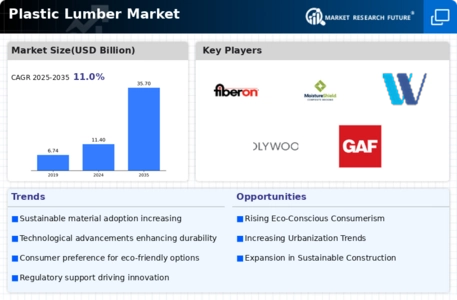
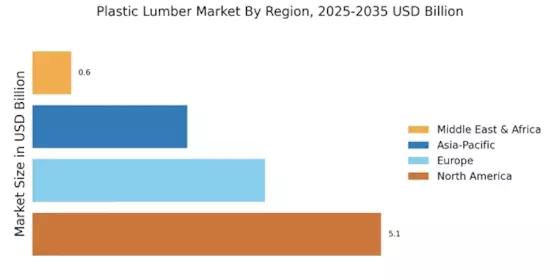

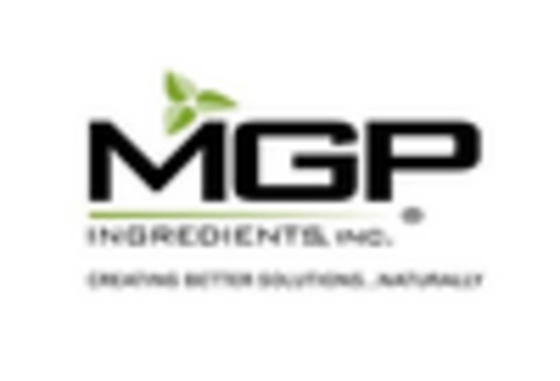

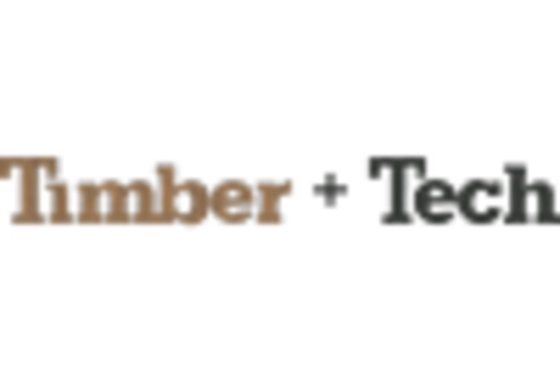
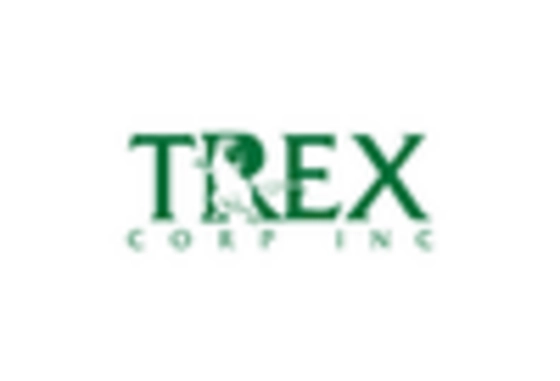
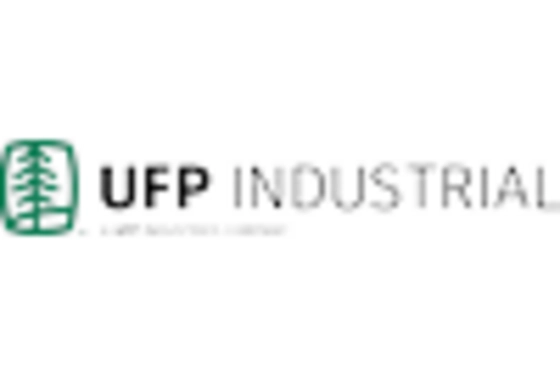








Leave a Comment